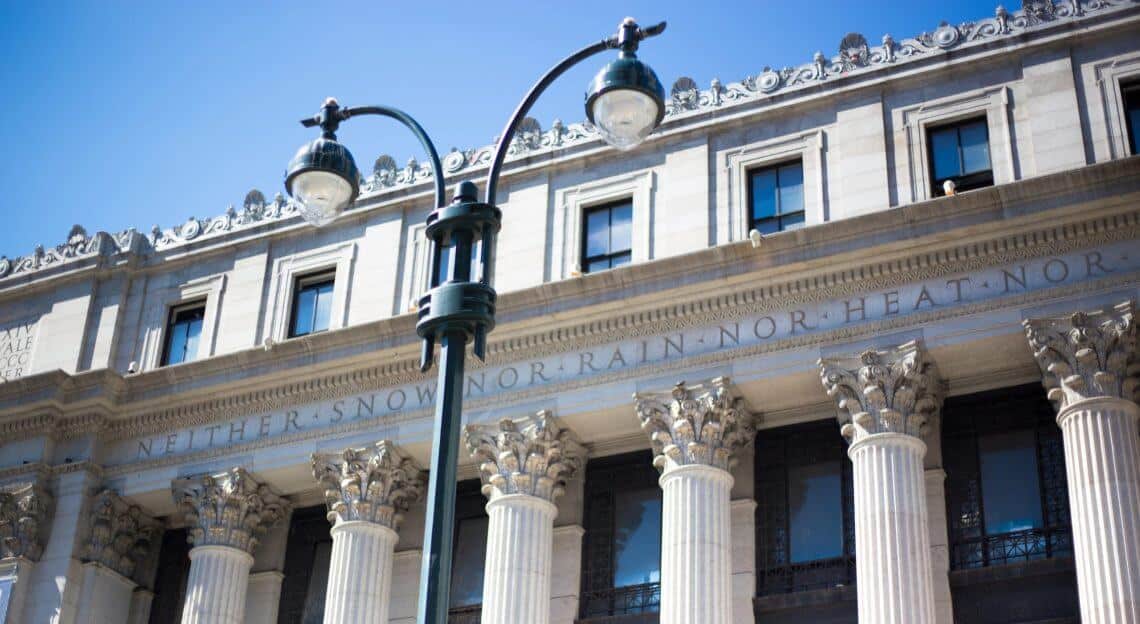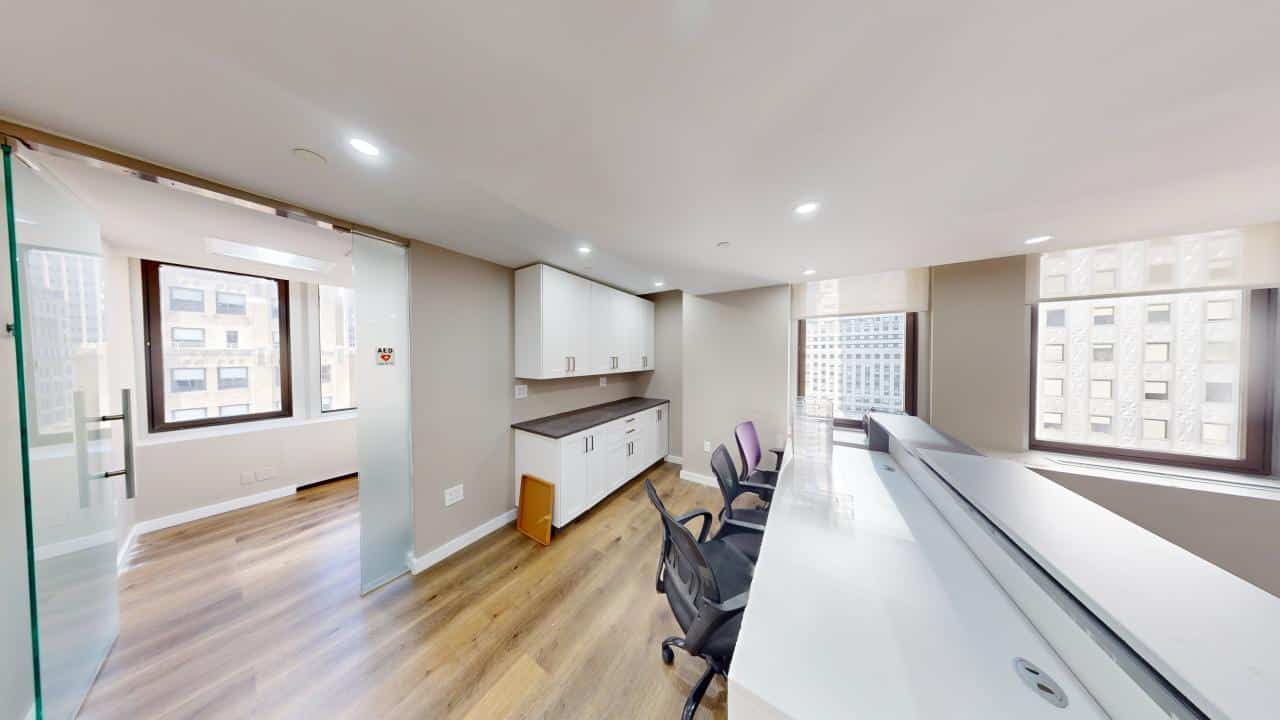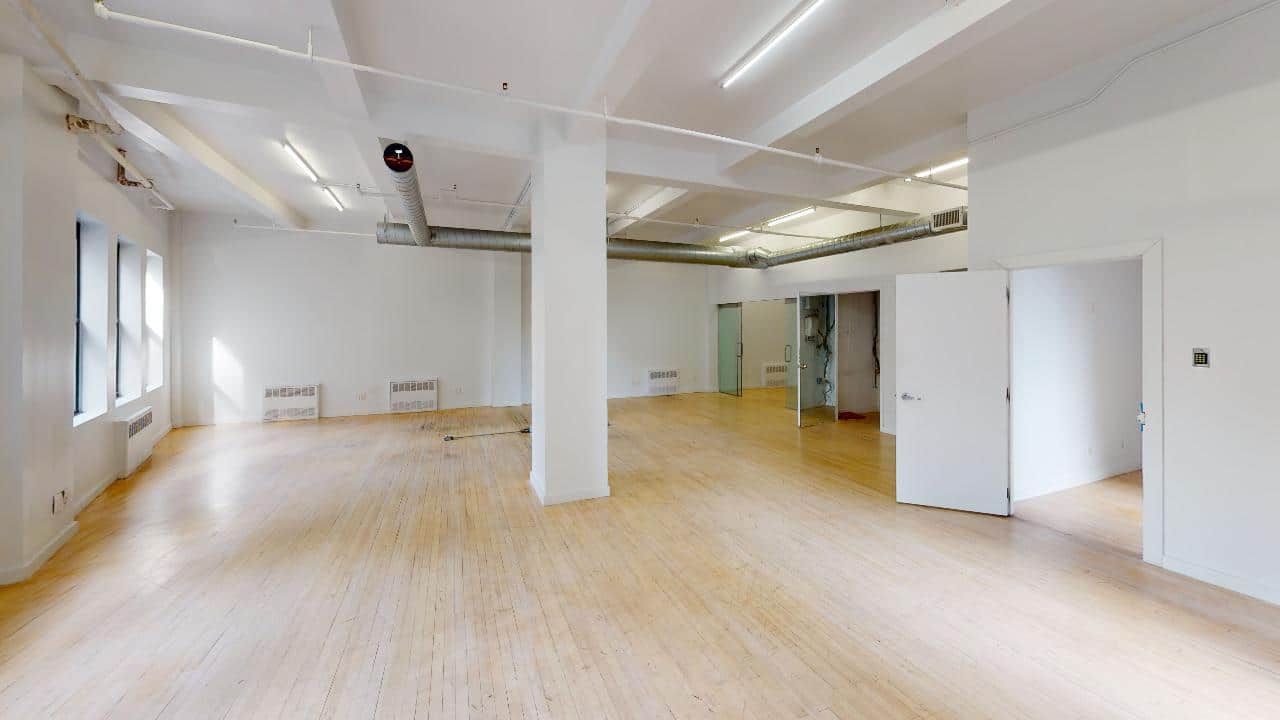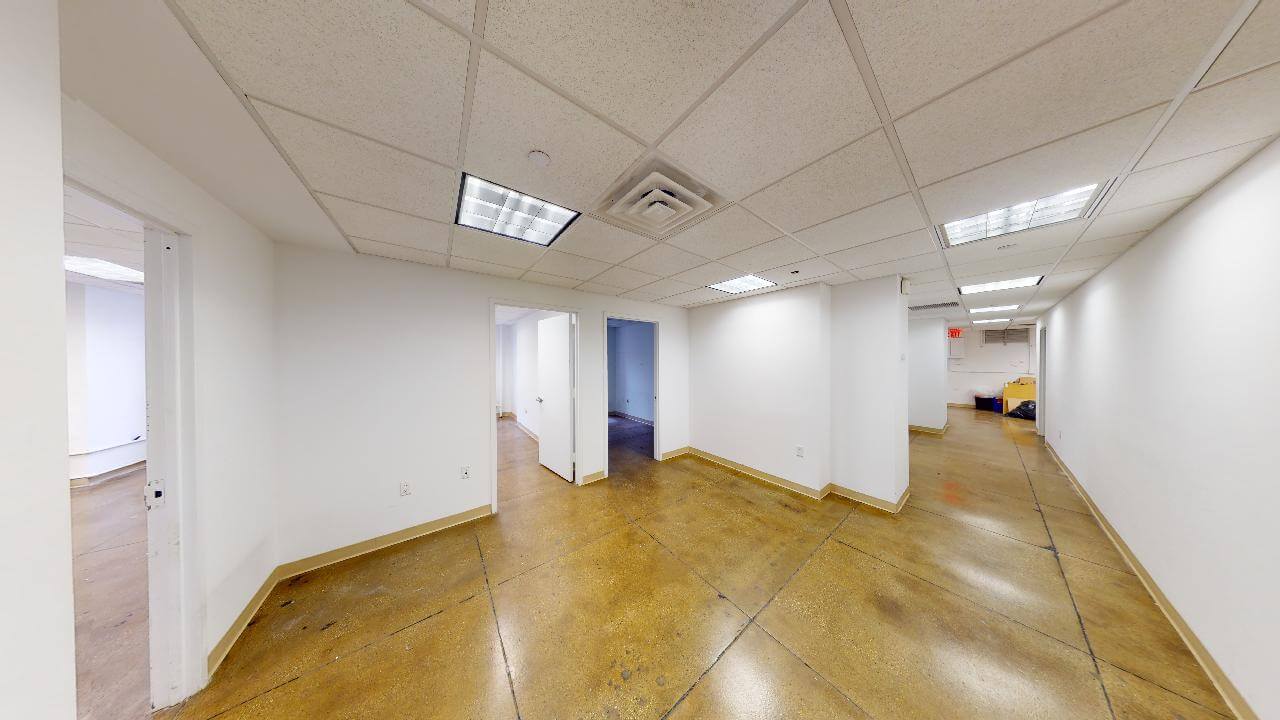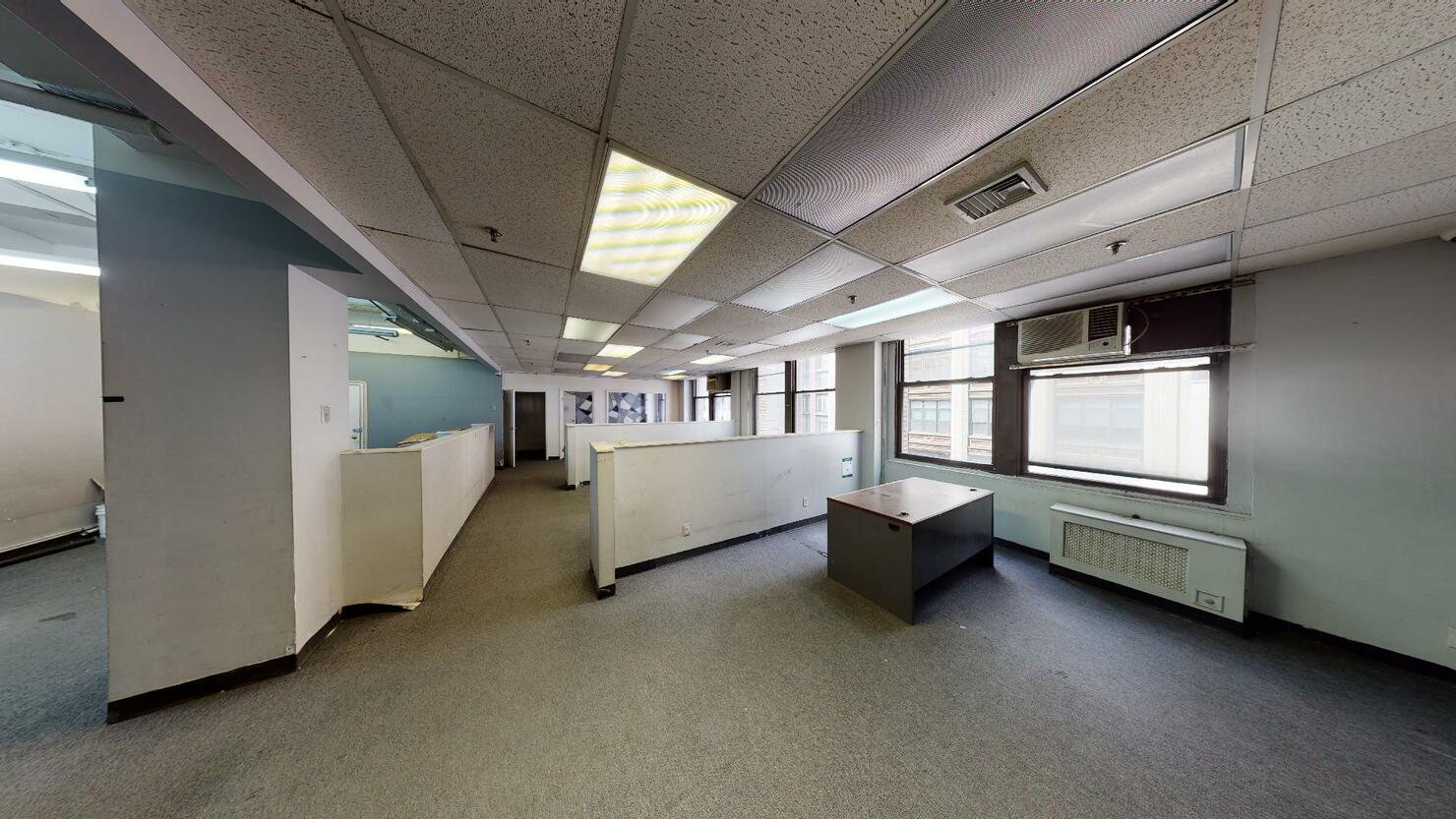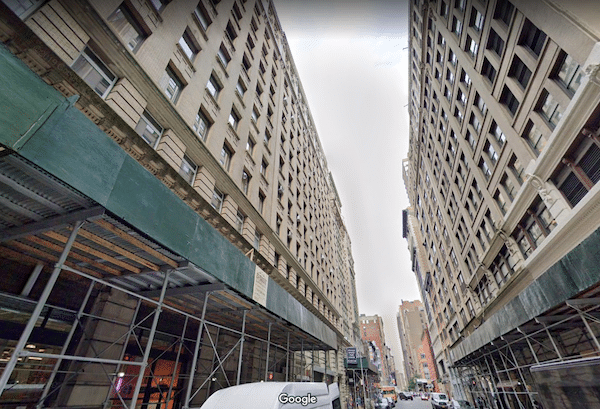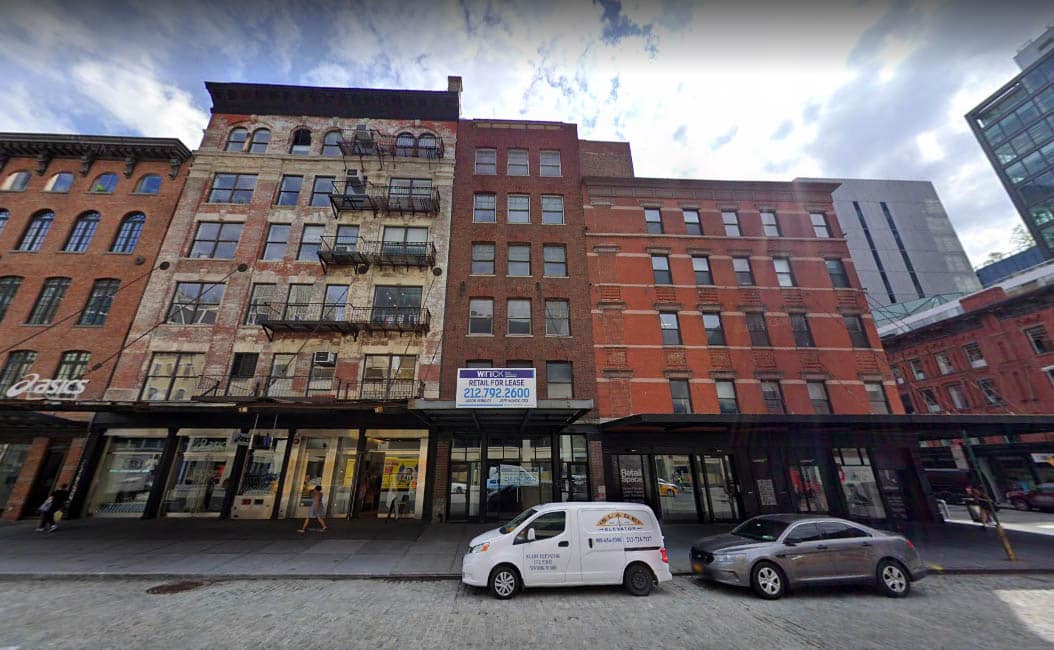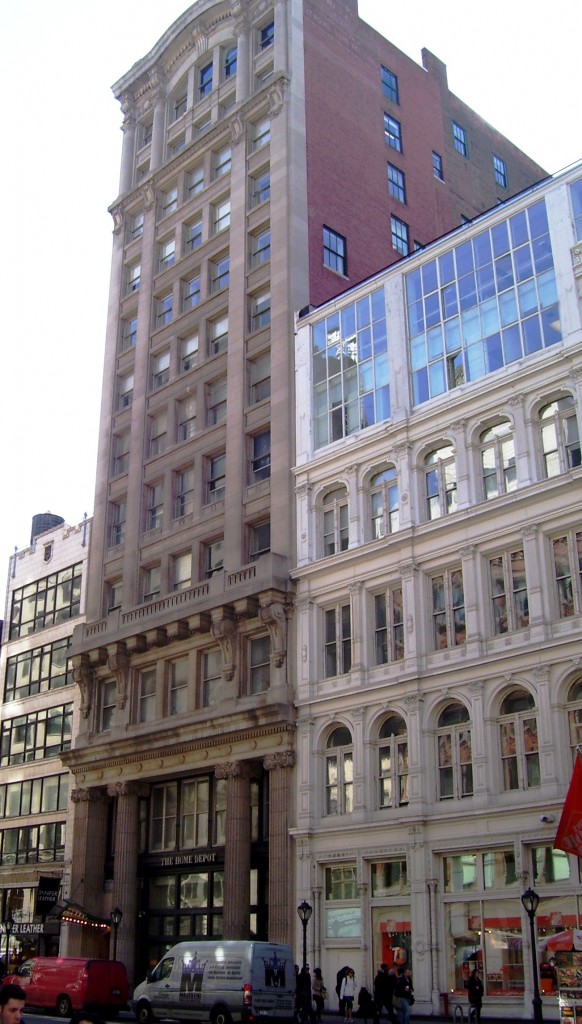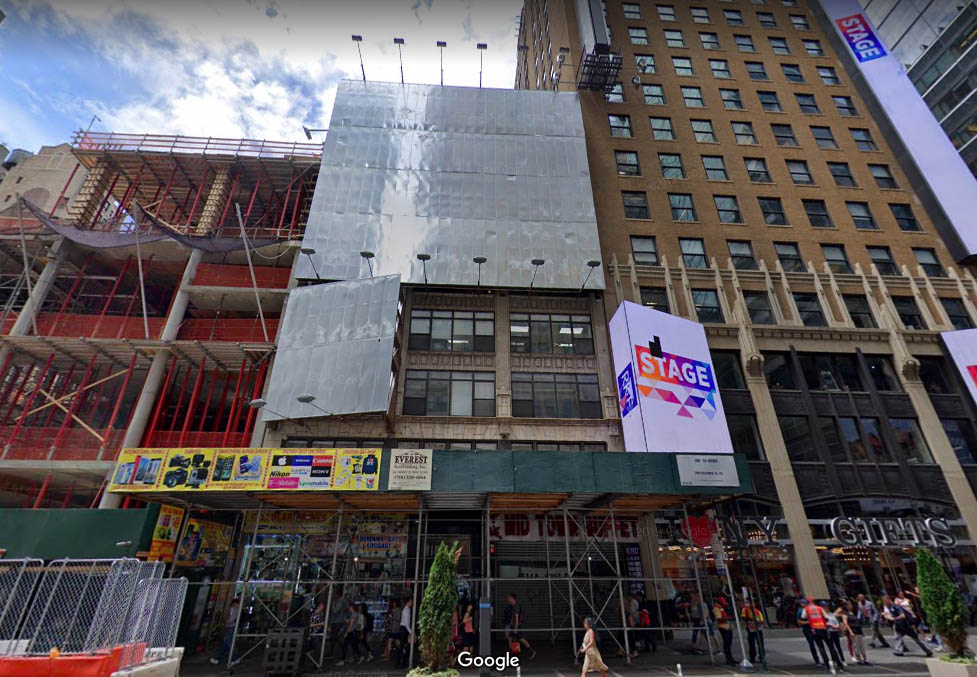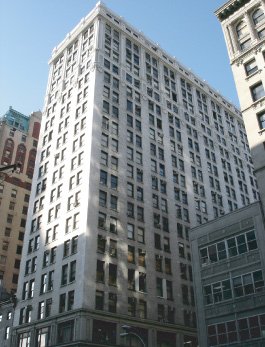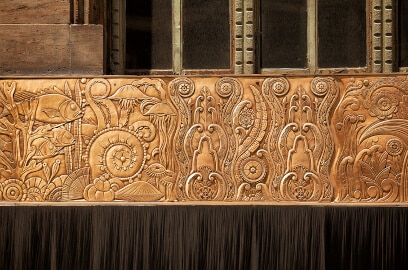A $1.6 billion, 255,000-square-foot expansion of the Penn Station train tracks officially opened to the public on January 1st, 2021. The new Moynihan Train Hall, named after the late Senator Patrick Moynihan, is a significant improvement to Midtown Manhattan’s transportation infrastructure. Commuters and travelers now have access to a state-of-the-art, light-filled train hall that marks a stark difference from the dark and crowded Penn Station across the street.
The SOM-designed Moynihan Train Hall is located within the landmark Farley Post Office Building, on Eighth Avenue between West 31st and West 33rd Streets. Right across the street from the former Post Office headquarters lies Penn Station, the busiest train station in the Western Hemisphere. The station had been in dire need of an update to upgrade its crumbling infrastructure and alleviate the heavy daily traffic. Before the Covid19 pandemic, Penn Station served 650,000 customers a day, who traveled via the station’s 21 tracks.
A project in the works since the 1990s
The idea of expanding the heavily trafficked Penn Station has been in the works since the 1990s. As one of the busiest stations globally, the Midtown Manhattan concourse is always overwhelmed by daily commuters, tourists, and visitors. The need for a more spacious and socially distanced train hall is even more pressing nowadays, as the Covid19 pandemic has made crowds the enemy.
The plan to create an additional train hall to accommodate the busy train tracks at Penn Station first took shape in 1993 when the first blueprints were released to the public. Then-Senator Daniel Patrick Moynihan was a big supporter of creating a replica of the original Penn Station within the Farley Building, which was demolished in the 1960s. However, financial hurdles delayed the project for years, until 2006, when the New York state government purchased the Farley Building for $230 million. After that, Amtrak, the planned tenant of Moynihan Hall, re-joined the project, and the search began to find the right partners to make it a reality.
The Empire State Development Corporation, which spearheaded Penn Station’s upgrade and expansion, selected Vornado Realty Trust and Related to operate the retail space planned for the new train hall. The team also included Skanska, and SOM, which was in charge of designing the new train hall. The Farley Building was designed by McKim, Mead & White, in style similar to their work on the original Penn Station. SOM took it upon themselves to honor the station’s history by restoring and exposing original elements like the building’s facade, columns, and windows.
A $1.6 billion new access point for Penn Station customers
After many years of financial hurdles and logistical nightmares, work on the new Moynihan Train Hall finally commenced in 2017. The $1.6 billion project aimed to alleviate the traffic at Penn Station by allowing customers access to Amtrak and the Long Island Rail Road via a new and modern train hall. Penn Station will continue to serve New Jersey Transit travelers and nighttime Amtrak commuters, as the new Moynihan Train Hall operates only from 5 am to 1 am.
The Moynihan Train Hall incorporates a food hall and retail space, which will feature tenants like Starbucks, H&H Bagels, Magnolia Bakery, and Blue Bottle Coffee. Amtrak also operates a new flagship Metropolitan Lounge accessible to first-class or sleeper car passengers. Further amenities within the new hall include a sky-lit atrium, 40 additional escalators and stairs to platforms, a combined ticketing and baggage area, accessibility for passengers with disabilities, complimentary WiFi throughout, and a dedicated lounge for nursing mothers.
The new train hall is located within the Farley Building, in a space previously used to handle mail sorting and loading for the Post Office. SOM’s work included 92-foot ceilings and glass skylights that allow abundant natural light inside the hall. The rest of the Farley Building is occupied by social media giant Facebook, which leased the entire office space in the building in the summer of 2020 – roughly 730,000 square feet. While the company announced it would allow most of its workforce to work permanently from home following the Covid19 pandemic, the company is still willing to bet on the Midtown Manhattan office market.
A boost for the Penn Station commercial office market
According to The New York Times, Facebook purchased over 2.2 million square feet of NYC office space in less than a year in Penn Station and Hudson Yards. Its employees will benefit significantly from the opening of the Moynihan Train Hall right in the building. They will travel quickly to Hudson Yards, the Garment District, the Jacob Javits Center, and other Midtown areas.
The much-needed improvement to the West Side transport infrastructure will undoubtedly attract more businesses to this part of Manhattan. Access to transportation is a significant incentive for companies and potential employees alike. Consequently, the Penn Station submarket is likely to start drawing tenants currently focused on markets such as Grand Central.
In recent years, the Grand Central Station submarket has been overlooked as tenants migrated to the state-of-the-art new towers at Hudson Yards. The buildings surrounding Grand Central were outdated and lacked the modern amenities that office tenants look for nowadays. However, Grand Central is currently undergoing a revival, with the recent addition of One Vanderbilt, the planned 89-story tower set to replace the Grand Hyatt, and JPMorgan’s new and improved headquarters at 270 Park Avenue.
Now, the Penn Station submarket is also undergoing a resurgence, and the Moynihan Train Hall, which is larger than Grand Central Terminal’s main concourse, is just the first step. Governor Andrew Cuomo plans to expand the depot’s capacity by 40% by acquiring a full city block to the south to build eight new train tracks. It will be the first-ever expansion of the existing Penn Station since it opened in 1910 and will extend the available routes to 29. The project, dubbed The Empire Station Complex Plan, will be spearheaded by Empire State Development, in partnership with Amtrak and the MTA. The plan will also create opportunities for redevelopment of the blocks around Penn Station, which could turn outdated office towers into modern and appealing commercial destinations like One Vanderbilt.
